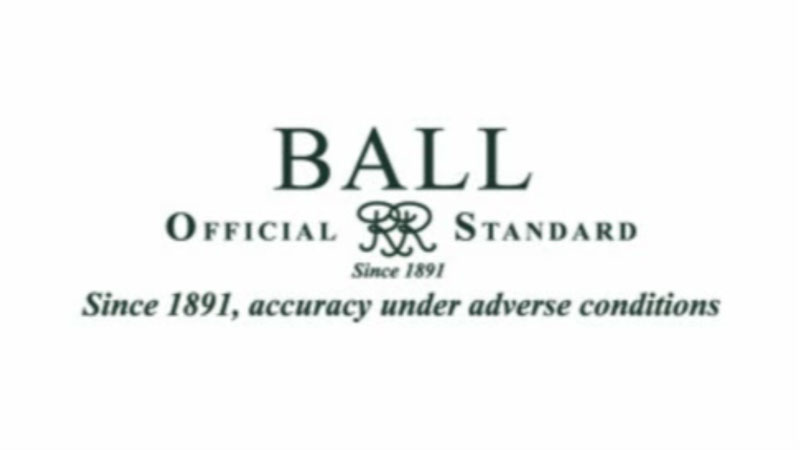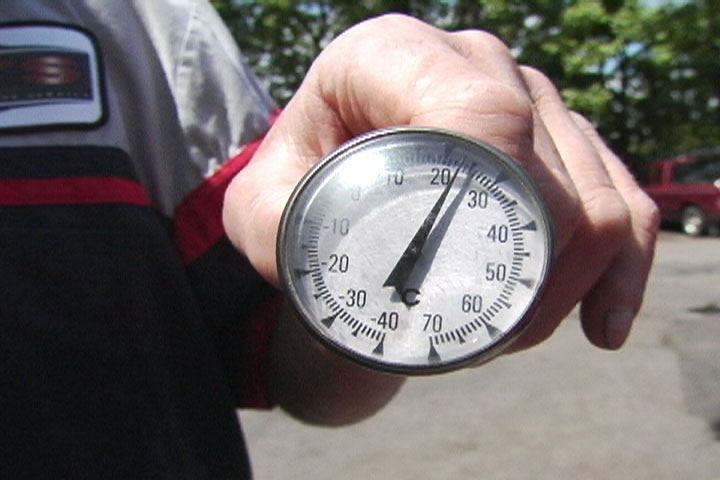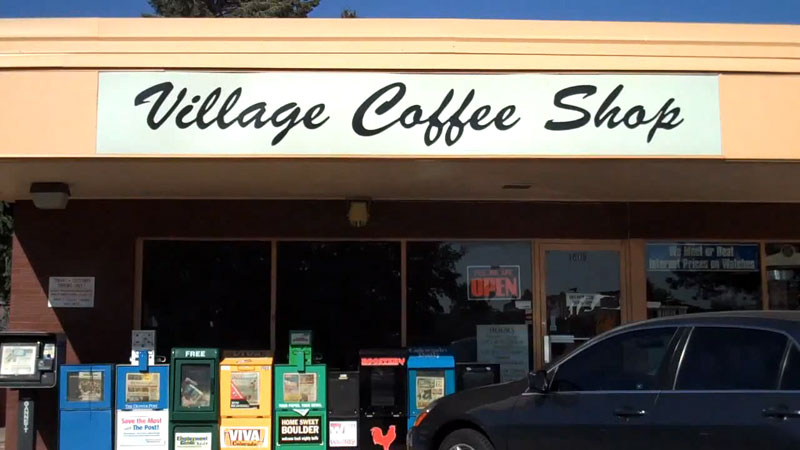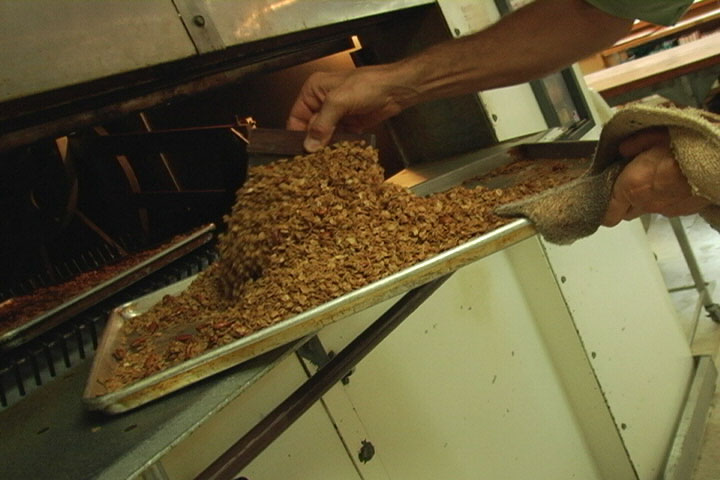AT LAST: A solution to Hessie mess
Jun 1st
Parking limited near trailhead
Boulder County, Colo. – A free shuttle service will begin carrying passengers from Nederland High School to the Hessie Trailhead this Saturday, June 2 at 8 a.m.
The shuttle runs from 8 a.m. to 8 p.m. on summer weekends and holidays, including Independence Day (July 4) and Labor Day (Sept. 3). Free shuttle details:
- Park at Nederland High School/Middle School
- Shuttle arrives every 15 minutes
- Shuttle does not stop at the Eldora townsite
- Leashed dogs are welcome
- Parking is for day use only; overnight users should make other arrangements

No car needed
To access the trailhead area without a car, combine the shuttle service with RTD’s N route from Boulder to Nederland. During summer months, the N bus stops at the school and provides a direct link to the shuttle service.
Parking and road improvements
The Boulder County Commissioners approved a staff proposal to begin operating the shuttle and make road improvements to address concerns about safety and emergency access to the Hessie Trailhead area.
Enhancements will be made between the junction of Hessie Road and the end-of-pavement at the west end of the Eldora townsite (map) and include road improvements, adding designated road shoulder parking, new regulatory parking signage and increased parking enforcement.
Road construction is underway and parking will be very limited near the trailhead this weekend, June 2-3. Users are encouraged to take the shuttle from Nederland. Intermittent road closures are likely until June 8. When construction is complete, limited parking will be available between designated signs. Violators will be fined $50 or towed for blocking traffic.

For more details and project overview and history, visit www.HessieTrailhead.com.
The Hessie Trailhead is operated by the U.S. Forest Services and is a popular access point to the Indian Peaks Wilderness and several lakes and trails. Visit the USFS Hessie Trailhead webpage for more information.
22 Boom – 18th Annual Best in Boulder 2012 – Episode 55
May 27th
Congrats Boulder! It’s Boulder Channel 1’s 2012 Best IN Boulder TV playlist featuring our chosen winners in the Best Retail and Best Restaurants categories. Here are the winners To see them individually just scroll down or search for your favorites. Featured in this show are this years winners: Art Cleaners, The Original Pancakes House of Boulder, Great Harvest Bread Co., Top Hat Supply, New Balance, Subway, Boulder Army Store, Massage Envy, TTS Transmission Technology Services, Eldorado Springs Water, Perry’s Shoe Shop, Verlo Mattress Factory, Jalino’s Pizza, Swiss Chalet Watch & Clock Shop, Khow Thai Cafe, Marie’s Cafe, and the Village Coffee Shop.
Videos in this Episode
-

22 Boom Intro -

Art Cleaners in Basemar Shopping Center -

The Original Pancake House of Boulder -

Baking with Scott – Morning Treats and Blueberry Granola Bread -

Top Hat Supply -

New Balance Minimus Collection 2012 -

Subway Boulder – UMC at the C.U. Campus -

Boulder Army Store Best of Outdoor Stores -

Massage Envy Spa Treatment in Boulder -

Great Harvest Bread Co. Boulder -

Art Cleaners Lafayette -

Transmission Technology Services -

Original Pancake House of Boulder – Fresh Fruits -

Eldorado Natural Spring Water -

Perry’s Shoe Shop – Grand Opening -

Verlo Mattress Factory -

Baking with Scott – Red, White and Blue Bread -

Jalino’s Pizza Boulder -

Subway Boulder at Base-Mar and UMC – Best of Boulder -

Original Pancake House of Boulder – Crepes -

Swiss Chalet – Ball Watches -

Khow Thai Cafe -

TTS Auto Tips – More Summer Tips -

Marie’s Cafe -

Village Coffee Shop -

Baking with Scott – Great Granola -

Original Pancake House of Boulder – Smaller Appetites -

Swiss Chalet – Rolex Watches -

Outro
Ron Baird's BLACK WIND a new thriller crime novel quality fiction
May 26th

Twenty seconds in a young man’s life has followed him like the shadow of a curse for 27 years. Did he crack under pressure or was it simply good reflexes? Aaron Hemingway still doesn’t know and nobody ever told him because the Army had buried it in a black hole.
But in an ironic twist of karma, it was those close to Aaron who paid the price. He sometimes questioned whether the two were connected, but after his 14-year-old daughter was taken hostage by a murder suspect and then watched three men die in her bloody rescue, that was pretty much the end of the argument Aaron, a former Denver cop and newspaper reporter.
So he became a recluse, avoiding people he cared about to protect them. But after three years of that, he was ready to eat his gun. Then an old friend called and offered him a temporary job as a small town deputy marshal. Knowing what was at risk, he nevertheless took the job.
Surprisingly, things seemed to be going well, including his handling of a couple of situations that were ripe for disaster. Then, in an unprovoked but not random attack, his dog was killed and his women friend was left in a coma with a gunshot wound to the head.
Aaron discovered the identity of the man behind the attack and, breaking a vow he made after Vietnam to never kill again unless in self-defense or to protect the innocent, he swore vengeance against the man. He only saw three outcomes: he would be killed, he would succeed and be arrested or he would get away with murder. In the Malpais lava fields of western New Mexico, he found that things are not always that simple.
Available at Book stores, Amazon and on Kindle for $9.00





















